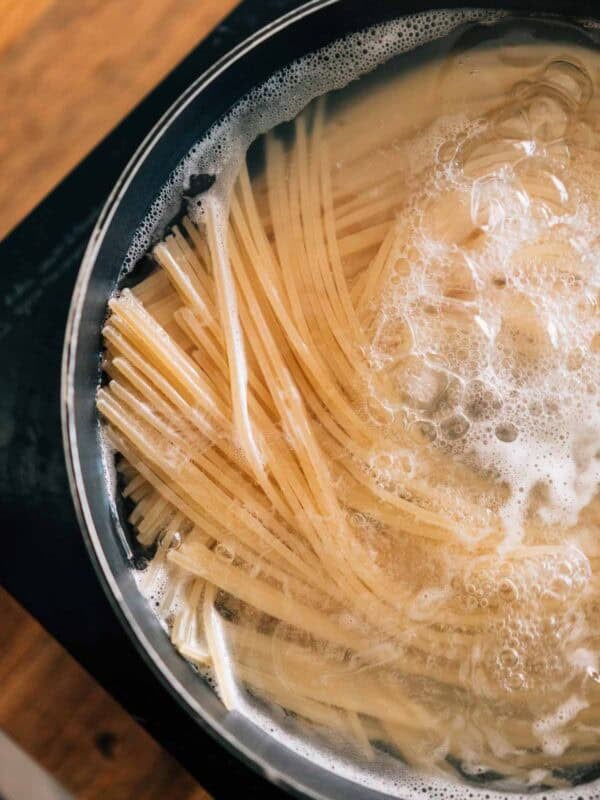Cocoa powder is a staple ingredient in many kitchens, used to bake delicious brownies and make rich hot chocolate. With so many varieties available, choosing the right one for your recipes can be overwhelming. This guide will decode the different types of cocoa powder, so you can understand their unique characteristics and how to use them effectively.

By understanding the importance of cocoa powder, you can appreciate its role in creating delicious and visually appealing dishes. Whether you’re baking a classic chocolate cake or trying out savory recipes, cocoa powder adds depth and richness that enhances the overall flavor and appearance of your dishes.
The importance of cocoa powder in cooking and baking
Cocoa powder comes in various types, each catering to different baking and cooking needs. Each type has unique characteristics that affect the flavor, color and texture of recipes.
- Adds flavor: Cocoa powder provides a rich, intense chocolate taste, essential for many desserts and savory recipes.
- Adds texture: Cocoa powder adds moisture and tenderness to baked goods. In recipes, it often acts as a dry ingredient that balances wet ingredients, ensuring the right consistency.
- Adds color: Cocoa powder adds a deep, rich color to desserts, enhancing their visual appeal. Dark cocoa powders, like Dutch-processed, give a more intense color.
Types of cocoa powder
Cocoa powder comes in several types, each with distinct characteristics:
Natural cocoa powder
Natural cocoa powder is made from roasted cocoa beans untreated with alkali and can be found in most grocery stores. It is light brown and unsweetened and has a strong, slightly acidic chocolate flavor with a hint of bitterness, providing an intense chocolate taste. Natural cocoa powder is often used in recipes that require baking soda, such as traditional chocolate cakes, brownies and cookies, as the acidity helps activate the baking soda for leavening.
Here’s a quick look at the strengths and weaknesses of natural cocoa powder:
- Pros: It provides a robust chocolate flavor, is widely available and reacts well with baking soda to help baked goods rise.
- Cons: Its acidity can sometimes overpower other flavors, and it may not blend as smoothly in some recipes as Dutch-processed cocoa.

Dutch-processed cocoa powder
Dutch-processed cocoa powder, also known as alkalized cocoa, is treated with an alkali to neutralize its acidity. It has a darker color and smoother texture compared to natural cocoa powder. The flavor is milder and less bitter, with a more subdued chocolate taste. This cocoa powder is ideal for recipes using baking powder instead of baking soda, such as certain cakes, chocolate cookies, and hot cocoa mixes, where a balanced chocolate flavor is preferred.
Here’s a quick look at the strengths and weaknesses of Dutch-processed cocoa powder:
- Pros: Offers a smoother, milder chocolate flavor; provides a darker, richer color to baked goods; blends easily into recipes.
- Cons: It does not react with baking soda, limiting its use in recipes requiring that leavening action and it may be less available in some grocery stores than natural cocoa powder.
Black cocoa powder
Black cocoa powder is a heavily Dutch-processed cocoa powder, giving it an almost black color and a mild flavor. It is known for its intense dark hue and smooth texture. This cocoa powder has a very mild, subdued chocolate flavor with less bitterness compared to natural cocoa powder. Its primary contribution is to color rather than flavor. Black cocoa powder is often used with other cocoa powders to enhance the color of baked goods, such as cookies and cupcakes, giving them a striking dark appearance. It’s wonderful in this chocolate orange pudding.
Here’s a quick look at the strengths and weaknesses of black cocoa powder:
- Pros: Provides a deep, intense color to baked goods and blends smoothly into recipes.
- Cons: It has a very mild flavor, which may not be ideal for all recipes. It is usually used in combination with other cocoa powders, limiting its standalone use.

Raw cocoa powder
Raw cocoa powder is made from cold-pressed, unroasted cocoa beans, preserving more of the natural nutrients and maintaining a slightly bitter taste. It is known for its nutrient-rich profile and less processed nature.
Its taste is slightly bitter compared to other types of cocoa powder, but it has a more pronounced natural chocolate flavor. Raw cocoa powder is popular in raw and health-conscious baking like this paleo chocolate mousse recipe, smoothies and energy bars or chocolate granola bars, where its nutrient content and bold chocolate flavor are desirable.
Here’s a quick look at the strengths and weaknesses of raw cocoa powder:
- Pros: It retains more natural nutrients, is ideal for health-conscious recipes and offers a robust, natural chocolate flavor.
- Cons: It can be more bitter than other cocoa powders and may not blend as smoothly in some recipes compared to processed varieties.
“I like to sprinkle cocoa powder on my cutting board when chopping chocolate to prevent it from sticking, and it also intensifies the chocolate flavor in the recipe.”
— Kristin King, Dizzy, Busy & Hungry
Tips for selecting the best cocoa powder
Consider these key factors to choose the cocoa powder that best suits your recipe and taste preferences.
- Match the recipe: Choose natural cocoa powder for recipes that use baking soda, and opt for Dutch-processed cocoa for a smoother flavor in recipes with baking powder.
- Consider the desired color: Use black cocoa powder for an intense dark color and raw cocoa powder for a nutrient-rich, natural chocolate flavor.
- Flavor preference: Use natural or raw cocoa powder for a more robust chocolate taste. Dutch-processed or a blend with black cocoa might be best for a milder flavor.
- Check the ingredients: Ensure there are no added sugars or fillers, especially if you want a pure, rich chocolate experience, like this chocolate tart crust or this chocolate pecan tart.

Decoding the different types of cocoa powder reveals that each variety brings its own unique characteristics to baking and cooking. Whether you’re seeking a rich chocolate flavor, vibrant color or a nutrient boost, understanding these differences will help you select the best cocoa powder for your recipes.
This article originally appeared on Food Drink Life.

Jere’ Cassidy
Jere Cassidy is the writer and recipe developer behind the blogOne Hot Oven. A passion for all things food-related led her to culinary school to expand on her baking skills and now to sharing easy recipes for all home cooks and bakers of all skill levels. When not in the kitchen, Jere’ likes to travel far and wide to find delicious food.













